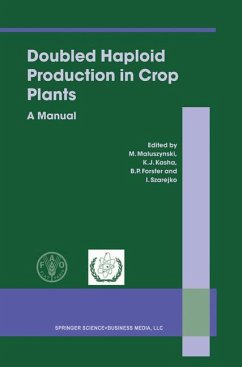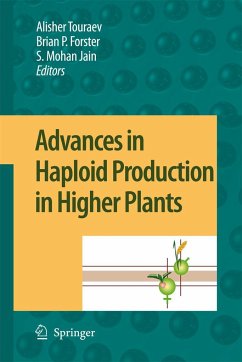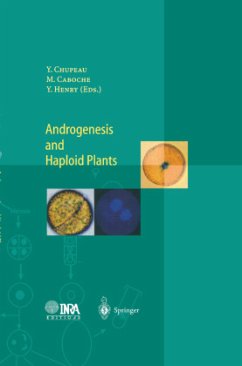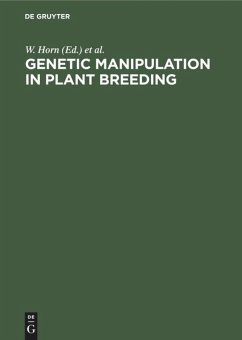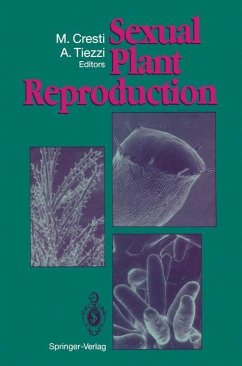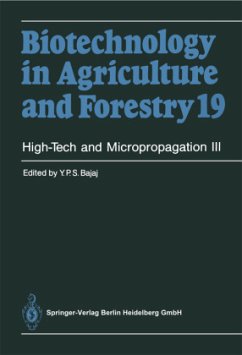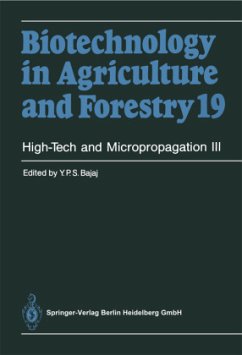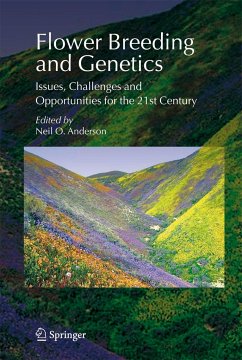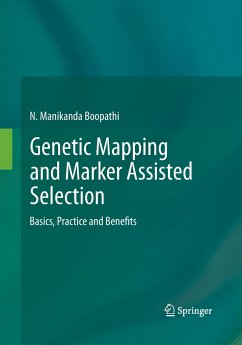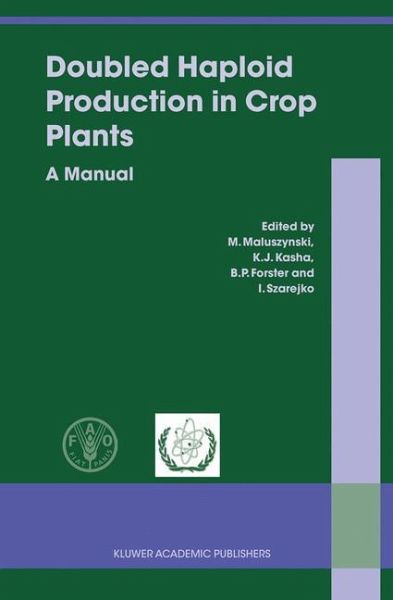
Doubled Haploid Production in Crop Plants
A Manual
Herausgegeben: Maluszynski, M.; Kasha, Kenneth J.; Forster, B. P.
Versandkostenfrei!
Versandfertig in 1-2 Wochen
153,99 €
inkl. MwSt.

PAYBACK Punkte
77 °P sammeln!
The production of doubled haploids has become a necessary tool in advanced plant breeding institutes and commercial companies for breeding many crop species. However, the development of new, more efficient and cheaper large scale production protocols has meant that doubled haploids are also recently being applied in less advanced breeding programmes. This Manual was prepared to stimulate the wider use of this technology for speeding and opening up new breeding possibilities for many crops including some woody tree species. Since the construction of genetic maps using molecular markers requires...
The production of doubled haploids has become a necessary tool in advanced plant breeding institutes and commercial companies for breeding many crop species. However, the development of new, more efficient and cheaper large scale production protocols has meant that doubled haploids are also recently being applied in less advanced breeding programmes. This Manual was prepared to stimulate the wider use of this technology for speeding and opening up new breeding possibilities for many crops including some woody tree species. Since the construction of genetic maps using molecular markers requires the development of segregating doubled haploid populations in numerous crop species, we hope that this Manual will also help molecular biologists in establishing such mapping populations. For many years, both the Food and Agriculture Organization of the United Nations (FAO) and the International Atomic Energy Agency (IAEA) have supported and coordinated research that focuses on development of more efficient doubled haploid production methods and their applications in breeding of new varieties and basic research through their Plant Breeding and Genetics Section of the Joint F AO/IAEA Division of Nuclear Techniques in Food and Agriculture. The first F AO/IAEA scientific network (Coordinated Research Programme - CRP) dealing with doubled haploids was initiated by the Plant Breeding and Genetics Section in 1986.





